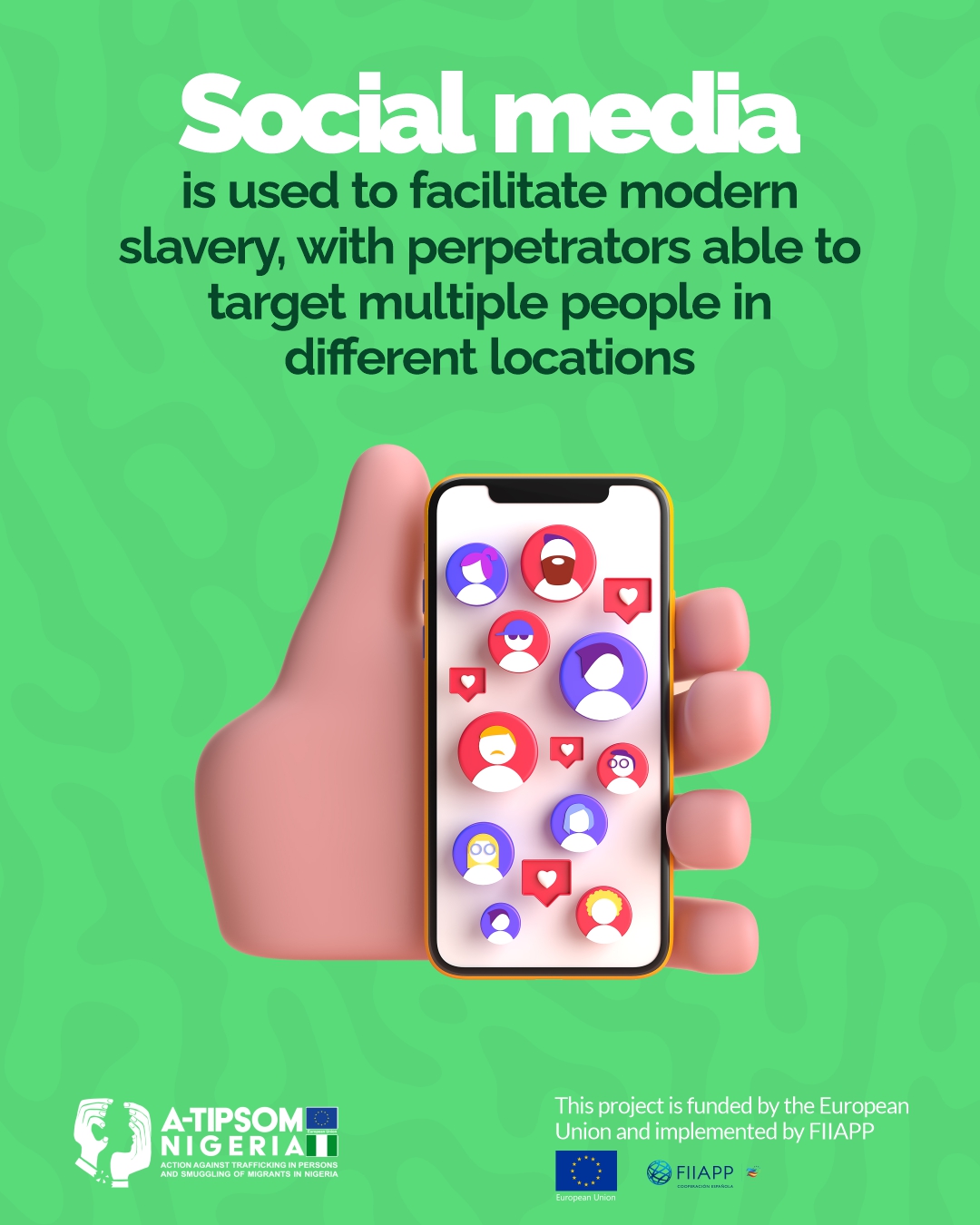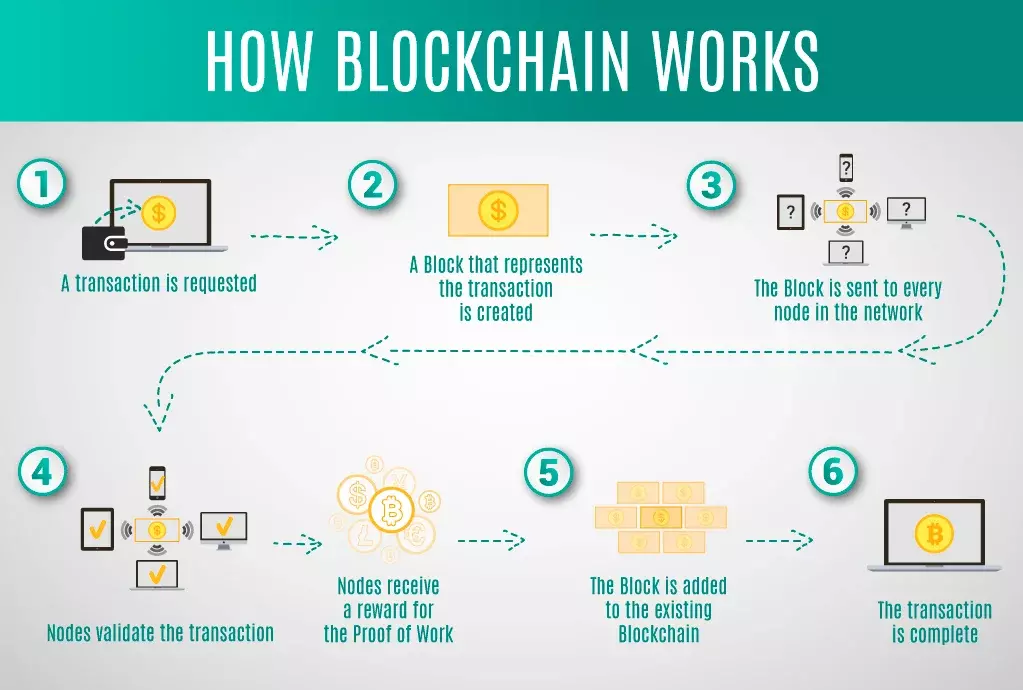The Use Of Blockchain In Combating Human Trafficking

Human trafficking is a global scourge that exploits and abuses millions of people every year. It is a complex issue with multifaceted causes and consequences. While traditional methods are being used to combat this heinous crime, the emergence of blockchain technology presents promising new avenues for addressing it. Blockchain’s unique features, including its transparency, immutability, and security, can be leveraged to disrupt trafficking networks, protect victims, and enhance accountability in the fight against this crime.

Introduction

Human trafficking is a modern-day form of slavery that affects millions of people worldwide. It is a complex issue with deep-rooted causes and devastating consequences. Victims of human trafficking are often subjected to forced labor, sexual exploitation, and other forms of abuse. They are often trapped in situations where they are unable to escape, and their rights are violated.
The fight against human trafficking requires a multifaceted approach that involves collaboration between governments, law enforcement agencies, non-governmental organizations (NGOs), and the private sector. While traditional methods of fighting human trafficking are important, new technologies like blockchain can play a crucial role in bolstering efforts. Blockchain’s inherent properties, including its decentralized nature, transparency, and security, can be leveraged to address several key challenges in the fight against human trafficking.
Transparency and Traceability
Blockchain’s transparency and traceability can help disrupt human trafficking networks by providing an auditable trail of goods and services. This can be particularly useful in industries where there is a high risk of human trafficking, such as agriculture, manufacturing, and the sex industry.
- Supply Chain Tracking: Blockchain can track the origin and movement of goods, making it easier to identify and disrupt supply chains that are linked to human trafficking. This can be accomplished by recording information about each stage of production, from raw materials to finished products, onto the blockchain.
- Labor Monitoring: Blockchain can be used to track labor practices and ensure that workers are being treated fairly. This can help to identify instances of forced labor and prevent exploitation.
- Verification of Identity: Blockchain can be used to verify the identity of workers and ensure that they are not being trafficked. This is particularly important in industries where undocumented workers are often exploited.
- Digital Identification: Blockchain can create secure and immutable digital identities for vulnerable populations, such as migrants and refugees. These identities can be used to prevent identity theft and fraud, and to track their movements to protect them from exploitation.
Secure and Anonymous Communication
Blockchain technology can enable secure and anonymous communication for victims of human trafficking, allowing them to connect with authorities and support organizations without fear of reprisal.
- Secure Messaging: Blockchain-based messaging platforms can provide secure and encrypted communication channels for victims to report abuse or seek assistance.
- Anonymous Reporting: Victims can anonymously report abuse or provide information about trafficking networks without fear of being identified. This helps protect their safety and encourages reporting.
- Decentralized Networks: Blockchain can help create decentralized networks of support, connecting victims with NGOs, legal aid organizations, and other resources.
- Digital Wallets: Victims can receive financial support through secure digital wallets that are linked to the blockchain. This can help them escape abusive situations and access essential resources.
Data Security and Protection
Blockchain offers a secure and immutable platform for storing and protecting sensitive data related to victims of human trafficking, ensuring the confidentiality and integrity of their information.
- Secure Data Storage: Blockchain can store data securely and immutably, protecting it from tampering and unauthorized access. This can be used to store information about victims, including their identities, medical records, and legal documents.
- Data Privacy: Blockchain can be used to protect the privacy of victims by encrypting their data and limiting access to authorized users.
- Data Sharing: Blockchain can facilitate secure data sharing between different organizations working to combat human trafficking. This can help to improve collaboration and streamline efforts.
- Evidence Preservation: Blockchain can be used to preserve evidence of human trafficking crimes, making it easier to prosecute traffickers. This includes storing witness statements, photographs, and other evidence.
Fundraising and Donation Transparency
Blockchain can improve transparency in fundraising and donations related to anti-human trafficking efforts, ensuring that funds are used efficiently and effectively.
- Smart Contracts: Smart contracts can automate fundraising and donation processes, ensuring that funds are distributed according to predefined rules.
- Transparency in Donations: Blockchain can track the flow of donations, making it transparent and accountable. This helps to build trust between donors and organizations.
- Micro-Donations: Blockchain can enable micro-donations, allowing individuals to contribute small amounts of money to support anti-human trafficking initiatives.
- Decentralized Funding: Blockchain can help create decentralized funding mechanisms, enabling individuals and organizations to donate directly to victims of human trafficking.
Conclusion
The potential of blockchain technology to address the challenge of human trafficking is vast and growing. Its unique properties of transparency, immutability, and security can be effectively leveraged to disrupt trafficking networks, protect victims, and improve accountability in combating this heinous crime. By embracing blockchain solutions, we can enhance the effectiveness of anti-human trafficking efforts, bring justice to victims, and work towards a future where all individuals enjoy freedom and safety.
However, it is important to acknowledge that blockchain technology is not a panacea for human trafficking. It is a tool that needs to be implemented strategically and ethically. It is crucial to develop robust frameworks and policies to guide the adoption of blockchain solutions in combating human trafficking. Furthermore, it is essential to address the underlying social and economic factors that contribute to human trafficking.
Ultimately, the fight against human trafficking is a collective effort that requires a multifaceted approach. Blockchain technology has the potential to be a powerful ally in this fight. By combining traditional methods with innovative technologies, we can work towards a world free from exploitation and abuse. The power of blockchain lies in its ability to foster collaboration, empower victims, and drive meaningful change in the fight against human trafficking.